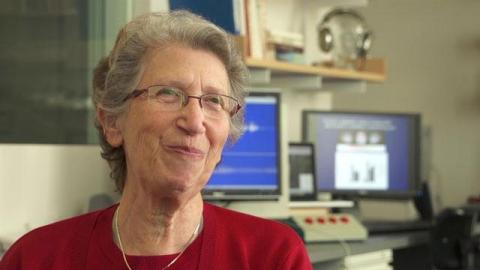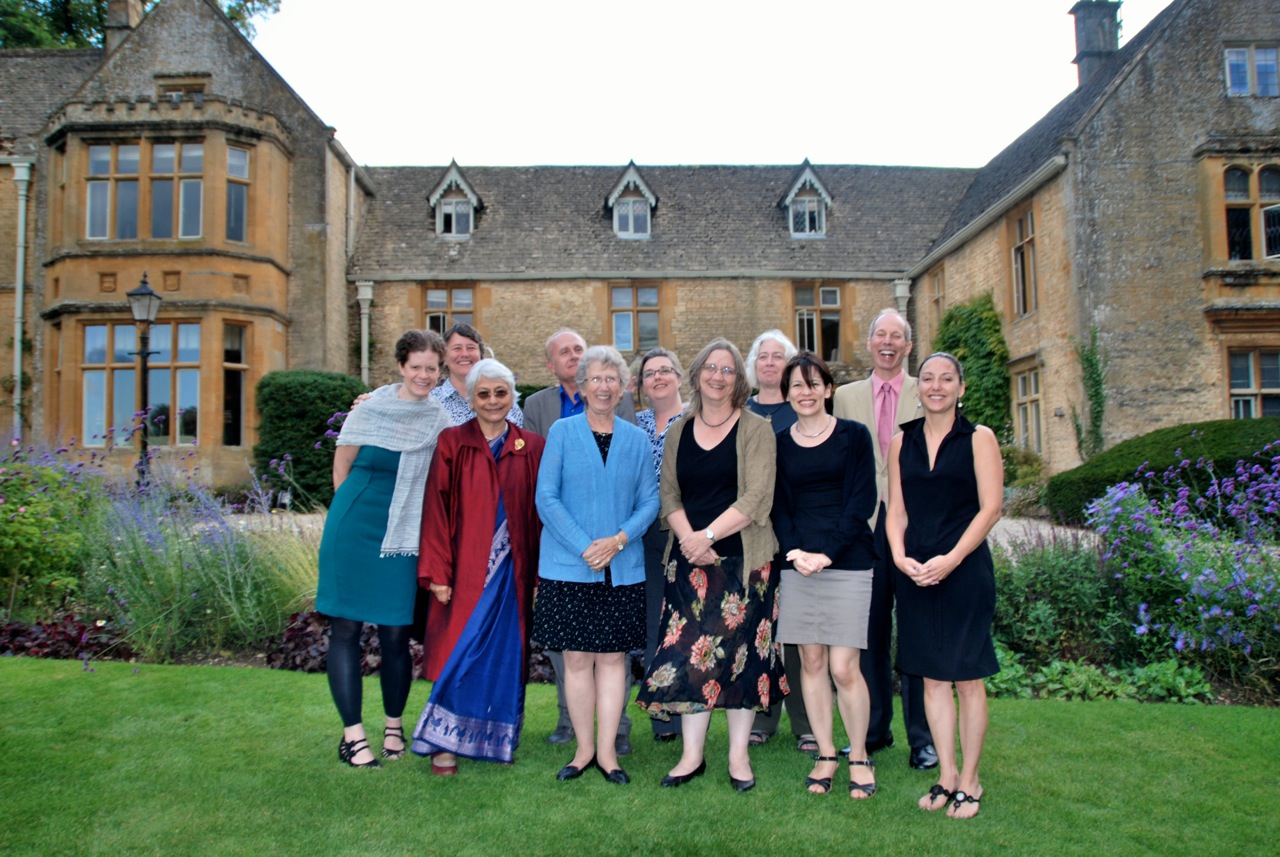 A half-century seems like forever, but for me it has gone by in a flash. I came to Brown in 1970 as an assistant professor and just retired in July 2018. As many retired faculty, I still am engaged with life at Brown as well as my research on the cognitive neuroscience of language. Retirement, though, has given me time to look back with some perspective on my career as a teacher, researcher, and administrator.
A half-century seems like forever, but for me it has gone by in a flash. I came to Brown in 1970 as an assistant professor and just retired in July 2018. As many retired faculty, I still am engaged with life at Brown as well as my research on the cognitive neuroscience of language. Retirement, though, has given me time to look back with some perspective on my career as a teacher, researcher, and administrator.
Flashback to 1970. Brown and the world were a different place. Arriving at Brown at the ripe old age of 26, I found it to be a welcoming place, although in the 70’s women faculty and graduate students were underrepresented everywhere and particularly in STEM fields. Indeed, when I received tenure, there was a total of 10 tenured women on the faculty at Brown. It was not simply the number of women that characterized life in academia at the time, but also how women were acculturated. I started at Brown with no negotiations, no start-up funds, and no lab space. I was sufficiently ‘out of it’ to not see this as a roadblock, but rather as a fact of life. From my perspective, I got a great job at a great university!
I do not want you to think that this story was a tragedy in the making. It absolutely was not. It was simply, the way it was. Fortunately, over time, there was change in the world at large and at Brown in particular. There was a recognition of the critical role that women can and should play in the academy, and with it there was a gradual increase in recruitment of women faculty and graduate students, especially in the sciences, as well as a recognition of the need for greater support and mentorship once at Brown.
How did this happen? Where was I when all this was happening? In 1987, I joined the Brown administration serving as dean of the college through 1995. There, I had a birds-eye view of the University at large and could see the effect that a dearth of women faculty had not only on other women faculty, but also on students and the climate of the various disciplines comprising the sciences.
To start to address the problem, in 1991, we initiated the Women in Science and Engineering program (WISE). WISE is designed to enhance the environment experienced by undergraduate women in science with the goal of enriching their experience and ultimately encouraging greater numbers of female students to pursue scientific study and scientific careers. Within the first three years of the program, there was a 29 percent increase in retention among undergraduate women in science programs. Today, an equal number of women and men graduate with concentrations in the physical and life sciences. And there is more good news: a WISE program was created for graduate students in 2013.

Mentorship at the graduate level is critical to the success of any and all students, particularly women students. It is not just learning the science, but also the networking, the fostering of collaborations, and the self-confidence to forge ahead despite the vagaries of recalcitrant data and the realities of a competitive world. All faculty have a responsibility to be strong mentors, but women faculty can serve as model mentors because they have been there and often have insights that only come from their own experiences. To be honest, I never consciously recruited women into my lab. Rather, I sought the ‘best and the brightest’ – intelligent, talented, and motivated students. And I lucked out – 22 of the 31 Ph.D. students I have trained were women, and 80 percent of the postdocs in my lab were also women.
Individual mentorship is critical, but it is not enough. What is needed are broader efforts aimed at providing a rich and supportive environment for graduate students and junior faculty. Brown has made and continues to make such efforts. I have been fortunate to participate in a number of mentorship activities for women graduate students and junior faculty in the life sciences including the annual Brown Young Scholars Conference, the Inspiring Women in Science Conference, and the Junior Faculty Mentoring Program sponsored by the dean of the faculty, which matches junior faculty with senior women faculty mentors.
There is no magic bullet or overarching plan that has allowed me to have such a rich and exciting almost half century here at Brown. Nor is there a magic bullet that guarantees success for women in science. What has made the difference is that I had the good fortune to be at Brown, a place that is committed to supporting and advancing the next generation of women in science. Just as for me some 50 years ago, they are embarking on their own journey into the mysteries, challenges, and excitement of scientific research and discovery. There is much more to do, but the future is guided by the great strides we have made in the brain sciences at Brown. I am optimistic that we will continue along this path and it will NOT take a half century for women in science to take their rightful and deserved place. The baton has been passed!
Sheila E. Blumstein is the Albert D. Mead Professor Emerita of Cognitive, Linguistic, and Psychological Sciences at Brown University. Her research focuses on the neural basis of speech and language processing using behavioral and neuropathological measures of persons with aphasia and functional neuroimaging of normal participants. She has held a number of administration positions at Brown including dean of the college, interim provost, and interim president, and has received a number of academic awards and honors.